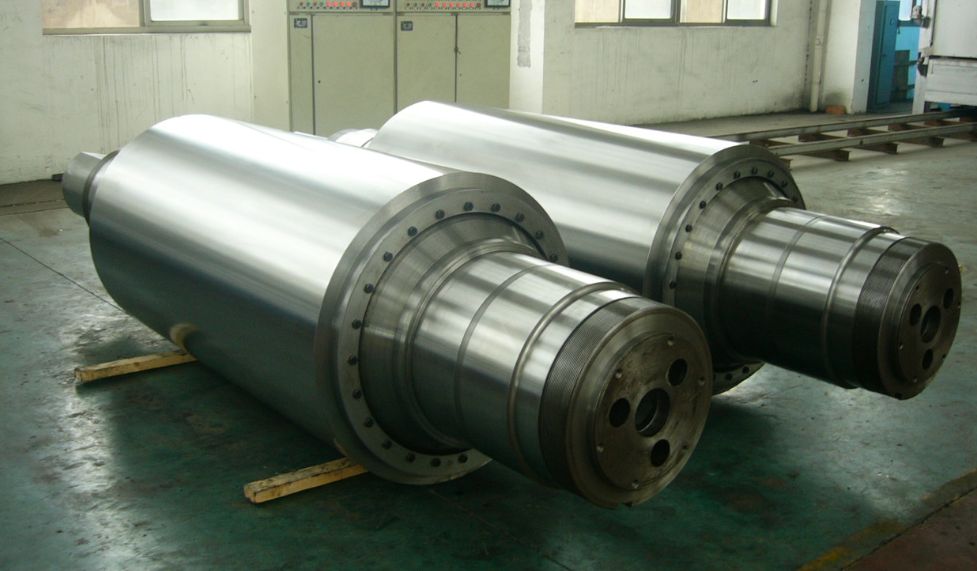Exploring Various Categories of Steel Files from Leading Suppliers for Your Needs
Types of Steel Files and Selecting the Right Supplier
Steel files are essential tools in various industries, including metalworking, woodworking, and manufacturing. They are used for shaping, smoothing, and finishing the surfaces of materials, making them vital for precision work. Understanding the types of steel files available and selecting the right supplier can significantly impact productivity and the quality of the final product.
Steel files come in a range of shapes, sizes, and grades, each designed for specific applications. The most common types of steel files include
1. Flat Files These files have a flat surface and are typically used for general-purpose filing. They are effective for removing material from flat surfaces and can be used on a variety of materials, including metal and wood.
2. Half-Round Files These files feature a flat side and a rounded side, making them versatile for filing both flat and curved surfaces. Half-round files are great for working on edges and internal surfaces.
3. Round Files (Rasps) With a circular cross-section, round files are ideal for enlarging holes and for detailed work in tight spaces. They are particularly useful in woodworking applications.
4. Square Files These files are square in cross-section and are designed for filing corners and internal angles. They are often used in metal and wood projects that require precise edges.
5. Triangle Files Shaped like a triangle, these files are excellent for filing pointed corners and for precision work in narrow spaces.
6. Bastard, Second Cut, and Smooth Files Files can also be categorized by their cut, which refers to the coarseness of the teeth. Bastard files have a coarse cut for rapid material removal, second cut files provide a moderate cut for finishing work, and smooth files are used for fine finishing.
When selecting a steel file, it is crucial to consider the type of material being worked on and the desired finish. For example, a coarse bastard file would be suitable for rough shaping, while a smooth file would be preferable for fine-tuning the surface.
types of steel files supplier

Selecting the Right Supplier
When it comes to purchasing steel files, choosing the right supplier is just as important as selecting the right file. Here are some critical factors to consider when looking for a reliable steel files supplier
1. Quality of Products Always opt for suppliers known for their high-quality materials. Poor-quality files can lead to inefficiency and inferior results in projects.
2. Variety of Options A good supplier should offer a wide range of files to meet various needs. This includes different shapes, sizes, and cuts, as well as specialized files for specific applications.
3. Custom Solutions Some suppliers offer custom steel file manufacturing. This can be beneficial for businesses that require specific tools tailored to their operations.
4. Customer Service Look for suppliers that provide excellent customer service. This includes support for inquiries, information about product specifications, and assistance with order placements.
5. Pricing and Availability Compare prices among different suppliers while considering the quality of the files. A supplier who can guarantee a consistent stock of products is also invaluable for ongoing projects.
6. Reviews and Reputation Research the supplier's reputation in the industry by checking reviews and testimonials. A well-regarded supplier is often a reliable choice.
In conclusion, understanding the different types of steel files and choosing the right supplier are essential steps in ensuring quality and efficiency in any project. By considering the factors outlined above, businesses can find the best solutions to meet their metalworking, woodworking, and manufacturing needs.
Share
-
The Best Lubricants for Aluminum Roller GuidesNewsJul.23,2025
-
Slitting Machine Applications in the Packaging IndustryNewsJul.23,2025
-
Rolling Roller Balancing Techniques for Smooth OperationNewsJul.23,2025
-
How To Optimize An EV Battery Assembly LineNewsJul.23,2025
-
Energy Efficiency in Modern Battery Formation EquipmentNewsJul.23,2025
-
Automation Trends in Pouch Cell Assembly EquipmentNewsJul.23,2025







